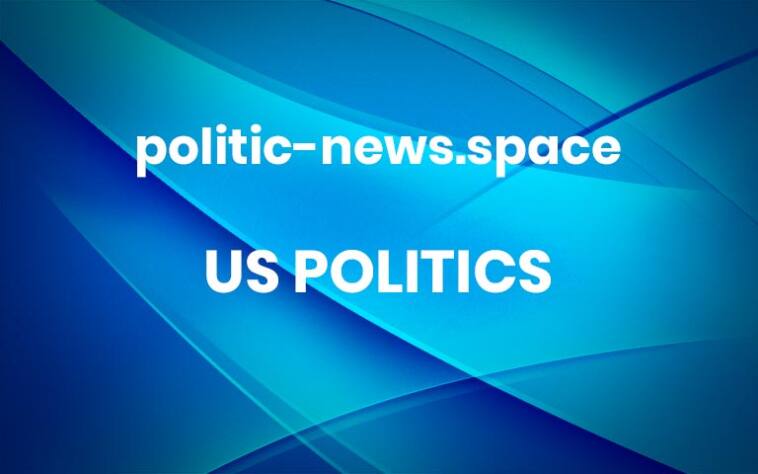Trump news at a glance: EU could respond to ‘unjustified’ US visa bans, official says
European leaders including Emmanuel Macron accused Washington of ‘coercion and intimidation’. Key US politics stories from Wednesday 24 DecemberThe EU could “respond swiftly and decisively” against the “unjustified” US visa bans on five Europeans involved in combating online hate and disinformation, a European Commission spokesperson has said.European leaders including Emmanuel Macron accused Washington of “coercion and intimidation”, after the visa ban on the figures who have been at the heart of campaigns to introduce laws regulating American tech companies. Continue reading… More



